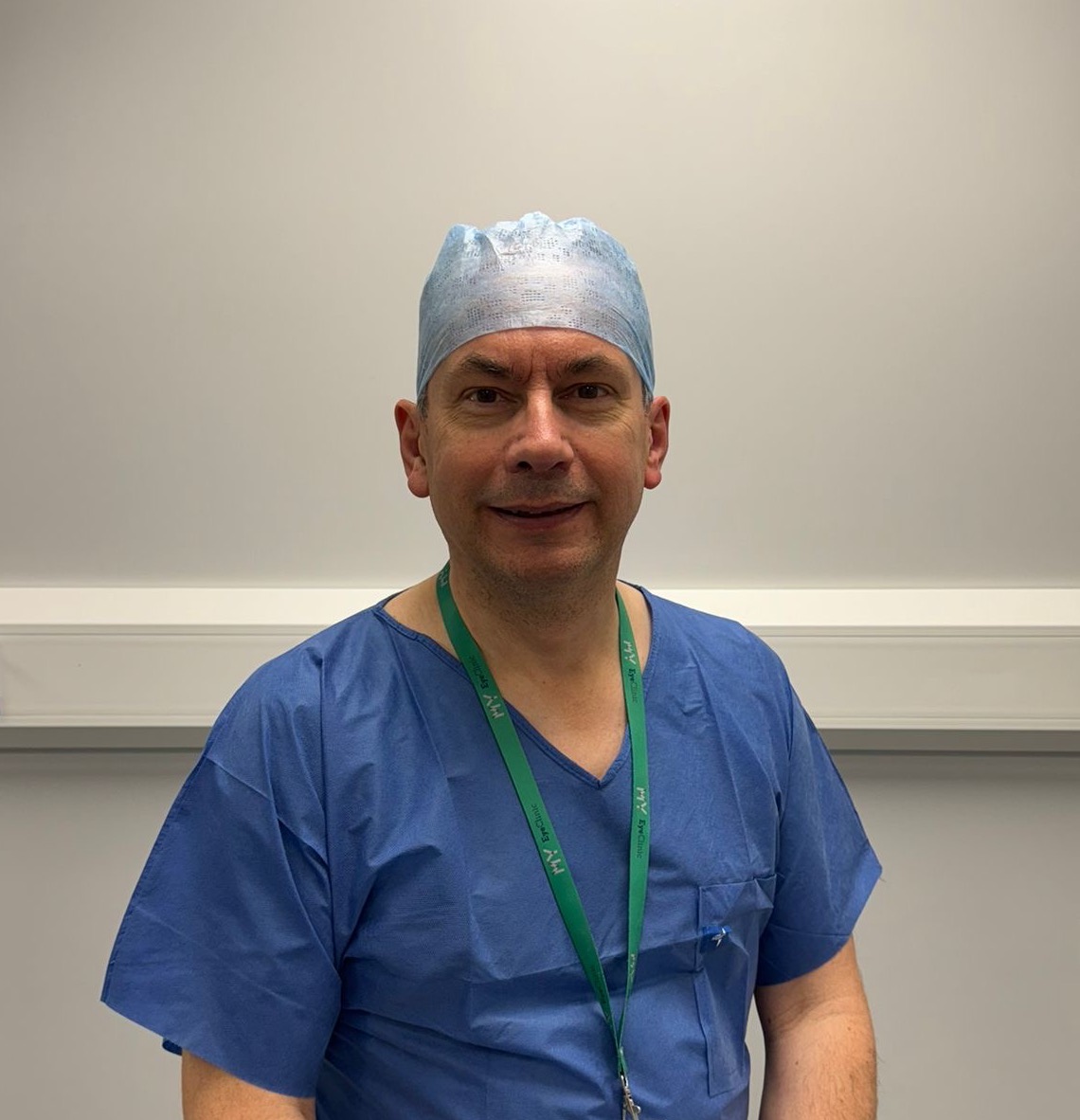Frequently asked questions about refractive errors
Quickly discover all you need to know about myopia, hyperopia, astigmatism and presbyopia
Refractive errors are among the most common vision problems worldwide, affecting billions of individuals across all age groups.
These vision issues occur when the shape of the eye prevents light from focusing directly on the retina, leading to blurred vision.
Myopia, or nearsightedness, is increasingly prevalent, especially among younger populations, due in part to lifestyle factors like increased screen time.
Hypermetropia and presbyopia, on the other hand, are more common as people age.
Addressing these errors promptly can prevent further deterioration of vision and improve quality of life.
Refractive errors occur due to imperfections in the eye’s ability to focus light precisely on the retina. These imperfections are often related to the shape and structure of the eye.
Myopia (Nearsightedness): In myopia, the eyeball is typically elongated or the cornea is too curved, causing light rays to focus at a point in front of the retina rather than directly on it. This structural anomaly results in distant objects appearing blurry while close objects remain clear. The amount of myopia increases with age, particularly as the length of the eye increases during puberty, when growth is maximum. Regular close-up reading can influence the development of myopia. Diabetes and some types of cataract can also be associated with development of myopia.
Hypermetropia (Farsightedness): For hypermetropia, the opposite condition occurs. The eyeball might be shorter than average or the cornea may be less curved than normal. This causes light to focus behind the retina, making near objects blurry and distant objects relatively clearer. It is quite common for children to have small degrees of hypermetropia that they grow out of over time as the eye grows longer.
Astigmatism: This condition is characterized by an irregular curvature of the cornea or, in some cases, the lens, which leads to multiple focus points either in front of or behind the retina (or both). This results in overall blurry vision for both near and distant objects. Astigmatism can run in families and previous surgery, scarring or trauma can cause astigmatism. Certain eye conditions, such as keratoconus and pterygia, can be associated with astigmatism.
Presbyopia: Unlike other refractive errors, presbyopia stems from age-related changes in the lens of the eye. As we age, the lens becomes less flexible, reducing its ability to change shape (accommodate) and focus on close-up objects. This loss of flexibility means that light from near objects cannot be focused accurately on the retina, making close-up tasks like reading difficult.
These refractive errors are influenced primarily by genetics, indicating a hereditary predisposition. However, environmental factors and lifestyle choices, such as prolonged screen time, poor lighting, or lack of visual activities, can also play significant roles in their development or progression.
Refractive errors are diagnosed through a comprehensive eye exam, which includes a refraction assessment and a visual acuity test.
An optometrist or ophthalmologist uses various instruments, like a phoropter or autorefractor, to measure how the eyes focus light and determine the correct lens prescription needed to compensate for any vision impairment.
These tests are quick, non-invasive, and crucial for maintaining optimal eye health.
Treatment options for refractive errors aim to correct or compensate for the inability of the eyes to focus light accurately.
Laser eye surgery, such as LASIK and PRK, reshapes the cornea to permanently correct the vision, offering a long-term solution for those eligible.
Lens replacement surgery might be a suitable option, especially for older adults with presbyopia or significant hyperopia, replacing the eye’s natural lens with an artificial one to restore clear vision.
Both procedures are widely regarded as safe and effective, significantly improving or completely restoring visual acuity in most cases.
What exactly are refractive errors?
Refractive errors are vision problems that occur when the shape of the eye prevents light from focusing correctly on the retina. Common types include myopia (nearsightedness), hyperopia (farsightedness), astigmatism (distorted vision), and presbyopia (age-related difficulty in seeing close objects).
What causes refractive errors?
The primary causes of refractive errors are the length of the eyeball, changes in the shape of the cornea, or ageing of the lens. These conditions can be influenced by genetic factors, environmental exposures, and health conditions such as diabetes.
How can I tell if I have a refractive error?
Symptoms of refractive errors include blurred vision, double vision, haziness, glare or halos around bright lights, squinting, headaches, and eye strain. If you experience any of these symptoms, it’s advisable to see an eye care professional for a comprehensive eye exam.
Are refractive errors preventable?
While most refractive errors are not entirely preventable due to their genetic nature, you can manage the risk by protecting your eyes from excessive strain. Using proper lighting, taking regular breaks during visually demanding tasks, and using protective eyewear can help maintain eye health.

Mr Ghosh
Consultant Ophthalmologist (Cataract & Refractive Surgeon)
3 Simple steps to clear vision without glasses and contacts
Laser eye surgery doesn’t have to be complicated. We’ve streamlined the process to make your path to glasses-free living easy and stress-free

Step 1: Get in touch
Ready to explore life without glasses or contacts? Your journey begins with contacting us. Give our friendly team a call on 0191 917 8887 or use our easy online calendar to book a free appointment.

Step 2: We'll meet
At your consultation, we’ll evaluate your eyes, discuss your lifestyle, and answer all your questions. You’ll receive a customised recommendation for the best laser vision correction option for you, giving you clarity and confidence in your decision.

Step 3: Enjoy freedom
After your laser treatment, you’ll experience the freedom of a life without glasses or contacts. Many patients are amazed by how quickly their vision improves and how much easier everyday activities become. Say goodbye to visual limitations and hello to a brighter, clearer future!
Join thousands who’ve gained freedom from glasses and contacts
Discover how they ditched their dependence and see how you can, too
We have replaced the images of real patients who provided these testimonials to protect their privacy.

Hi, I’m Rob Boyce
After training as an engineer and research scientist, I pursued medicine at Nottingham University, followed by advanced ophthalmology training. With over 20 years as a Consultant Ophthalmologist specialising in Oculoplastic and Lacrimal Surgery, I’m committed to delivering the highest quality care at MY Eye Clinic, using cutting-edge techniques and patient-centred care.
Mr Rob Boyce
Founder and Owner of MY Eye Clinic









